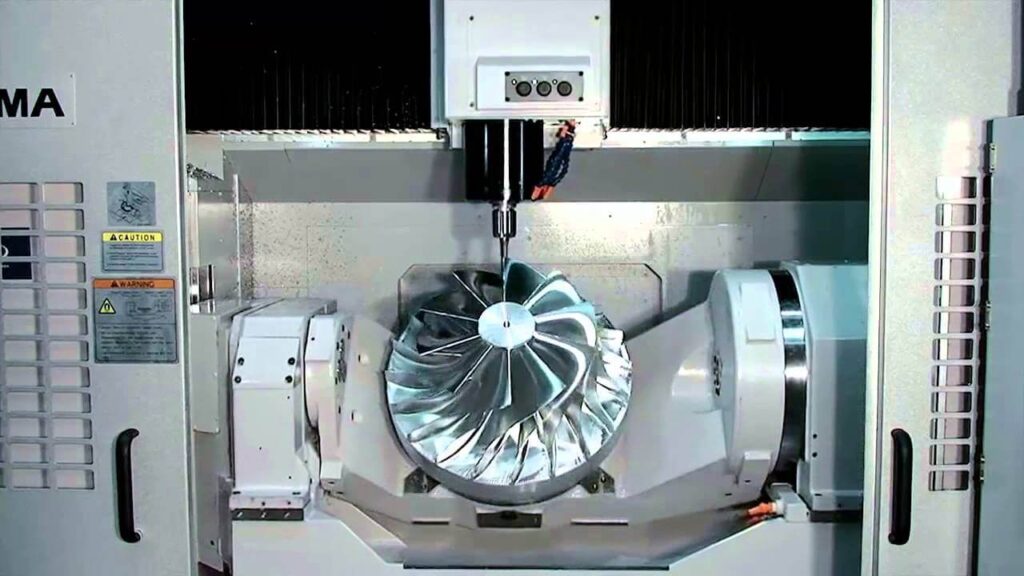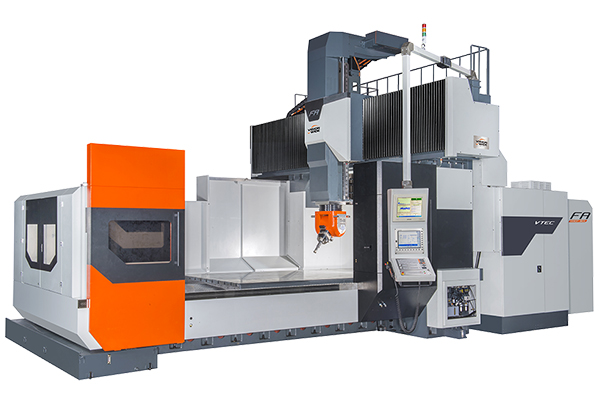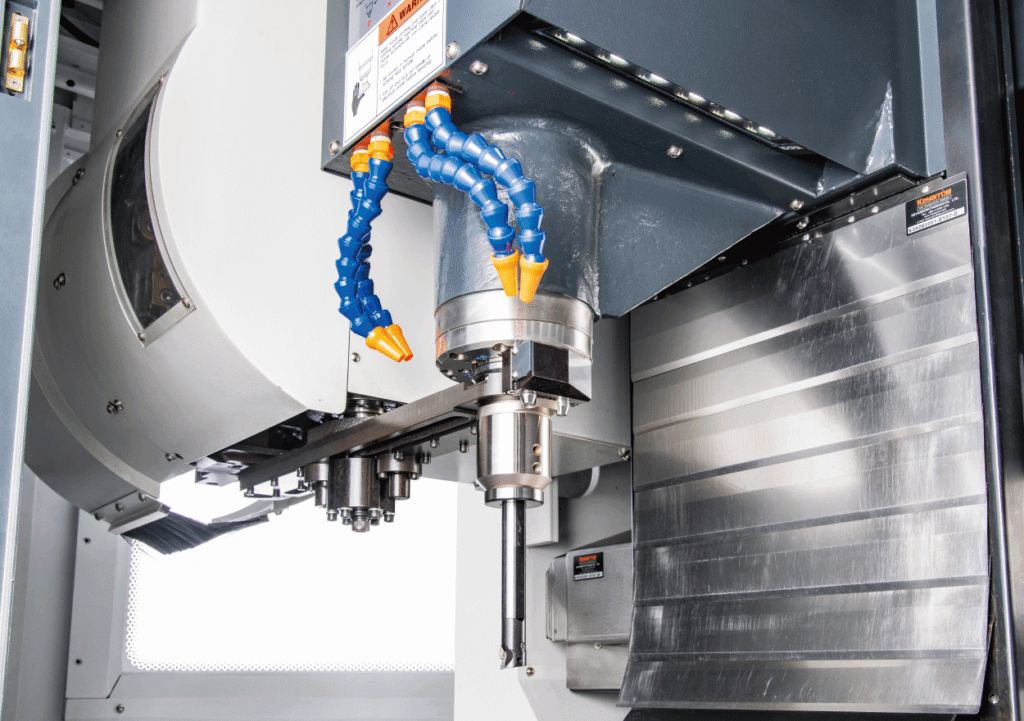4 advantages of machining center
The machining center is a mechanical device that can perform CNC machining and is widely used in today’s mechanical industry.
Compared with traditional mechanical equipment, the advantage of the machining center lies in the CNC system. With the participation of the CNC system, programmers can compile specific machining programs through instructions according to the different textures, machining requirements, and equipment characteristics of the workpiece, so as to meet personalized machining tasks. Because of this, the advantages of the machining center are obvious.
1.Convenient and efficient processing
When machining workpiece parts with complex shape, the number of tooling can be greatly reduced.If the shape and size of the machined parts need to be changed temporarily during the machining process, only the NUMERICAL control program of the machined parts needs to be modified.
2.High processing quality
Machining center through CNC programming after processing parts of stable quality, high processing accuracy and repeat accuracy, can be applied to aerospace, ship propeller, car box parts and other modern industrial processing and manufacturing fields.

3.Fast processing
Machining centers are more efficient in small batches and in many varieties because they reduce preparation, equipment adjustment and process inspection time.Because the machining center can perform the optimal cutting amount, the cutting time is reduced.
4.Strong machining performance
It can process complex surfaces that are difficult to be processed by conventional methods and the interior of workpiece that cannot be observed. Such as tube mold, precision rotary hole, medical equipment, crafts and so on.
In order to make the processing center maximum advantage, to the processing of the order of reasonable arrangement, such as: in the processing of box type workpiece to the internal cavity type processing, after the shape of the processing;The processing of the previous procedure can not affect the positioning and clamping of the next procedure;Priority is given to those processes that have less impact on workpiece rigidity.

